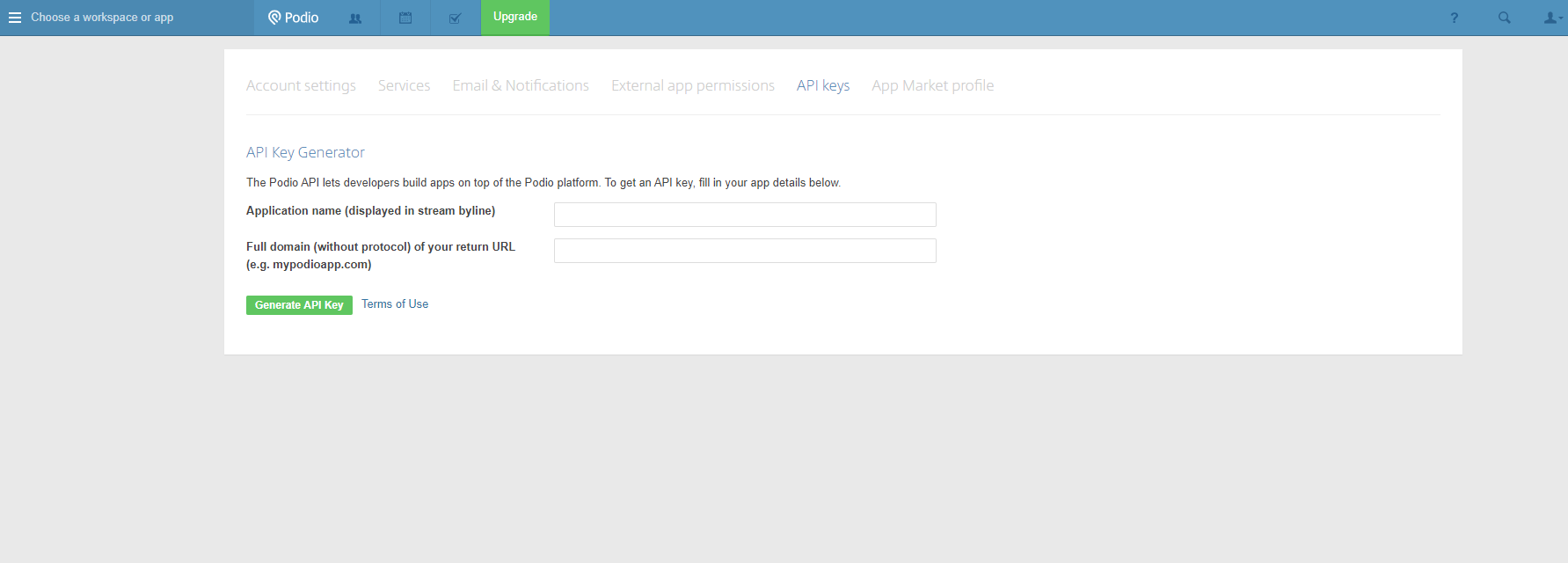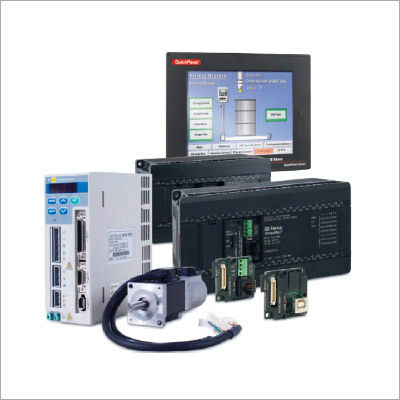

Through PowerShellĪutomation scripts can be started from a Local Windows PowerShell console. The Link to Schedule to your Runbook button allows you to select one of the previously created schedules or fashion a new one. To attach a Runbook to a schedule, from the list of Runbooks select it and from its management window click on Link to Schedule. Recurring timer is used, define each time you need to run, and if it has an end Name, description, date and time to start the Schedule, and if the timer should run only once or recursively
#Automation arraysync how to#
Write-Output $m圜ontext How to run an Azure Automation Script using PnPĬreate a new Runbook and use the following code: # CredentialsĬonnect-PnPOnline -Url $mySite -Credentials $m圜red
#Automation arraysync zip file#
In this code, the first line uses the name of the zip file in the path to the SharePoint DLL, which was indicated in the Add the SharePoint CSOM DLLs section in the first part of this article. In the Test window, use the Start button to run the script, after a few seconds the result appears:Ĭreate another Runbook and use the following code: # Credentials Use the Save button in the Runbook and then the button Test pane. Any of the Cmdlets present in MSOnline, can be implemented to work with SharePoint. The Get-MsolDomain Cmdlet in the MSOnline module recovers domain data, and the fourth line then displays them on the screen. You can see that the second line uses the credentials to log into Office 365. The first line of the script collects the user’s credentials using the name of the entry that defines the credentials. $m圜red = Get-AutomationPSCredential -Name "CredentialsName" Script using MSOnlineĬreate a new Runbook and, in the edit window, add the following code: # Credentials Once you have at least one of the SharePoint modules installed, and a credential entry as shown in the first article, you can start creating scripts to access SharePoint.

Manually from the Azure Automation control window: I have a template, and a template that you can use that will help you make your Flow resistant to issues. It’s horrible to have failing Flows in Power Automate since they may go unlooked-for a while or generate even worse errors. Have your Flow fail graciously and notify someone that something failed. You will then know what was intended when debugging a Flow if something goes wrong. The intention of the action may not be the same as a result, so we need to define it before we start working on it. First, what is the desired output with the append?.Always add a comment.Īs explained before, it’s essential to know a few things: It would be best to use the comments to provide further information, but the name is used to know what the action is doing without expanding it. For example, having “append to array variable” won’t tell us what kind of value we are appending, the desired result, and the array that is being appended. The name is super important since the operation is not very descriptive. If not, you’ll have breaking Flows when the type is incompatible with any other activity that uses the rows in the array. Validate every value into the array and ensure that they are always the same type. Since we can’t force that the array only contains “Integers,” for example, we can validate before if the value that we’re going to insert is one. Since we don’t have a type defined, make sure the type is correct.


 0 kommentar(er)
0 kommentar(er)
